The views expressed in our content reflect individual perspectives and do not represent the authoritative views of the Baha'i Faith.
Looking out over the Great Plains of North America from an airplane, I’m always struck by the way a rigid grid pattern has been superimposed on the vast prairie biome. Still discernable, though, is another subtler pattern, like veins on a leaf, which even now defines its natural watershed.
When the Dominion of Canada took control of what we now know as the Prairie Provinces, it sent in surveyors to divide the curvilinear prairie into squares. The same process had already taken place in the United States. In Canada, each settler could obtain a quarter section, 160 acres, for $10—and so the West was “won,” with little regard to the indigenous people who already lived there.
The purpose of the grid—to better organize both settlement and the extraction of resources for Eastern and European markets—became obvious. The survey, essentially an extension of the Industrial Revolution, turned the landscape into a food factory.
The colonial powers utterly changed the landscape, and today only a very small percentage of natural prairie still exists. In fact, some describe the North American prairie as the most changed biome in the world.
For the indigenous people, who had lived on and managed the prairie for millennia, the loss of their land and the imposition of religious and cultural “reeducation” turned into a catastrophe, which we recognize today as “cultural genocide.” The technologies those original prairie inhabitants used in their economy had altered the landscape, but retained its ecological integrity.
The grid on the North American prairie proves that the way people think can become a very powerful force. In fact, it can transform the physical world.
The landforms existent before the European settlement of the prairies reflected the thinking, values, culture, emotions—the worldview—of its indigenous inhabitants. Settlers and colonists transformed the landform when they imposed a new way of thinking. The environmental crisis of the contemporary world can be traced, in large part, to the global spread of this industrial way of thinking.
Pre-colonial and colonial land management reflected the inner world of their proponents. As the Canadian ecologist Stan Rowe so eloquently put it, “The landscapes of our making match and reflect society’s cultural inscapes.” The indigenous peoples of the Great Plains formed their culture in response to the land they inhabited. Ignorant of their worldview, the colonial authorities reshaped the prairies based on their European worldview.
Shoghi Effendi, the great grandson of Baha’u’llah and Guardian of the Baha’i Faith from 1921-1957, made a similar observation about the inner and outer worlds:
Man is organic with the world. His inner life moulds the environment and is itself also deeply affected by it. The one acts upon the other and every abiding change in the life of man is the result of these mutual reactions. – Letter written on behalf of Shoghi Effendi, 17 February 1933.
These profound observations point to a new way of thinking about ecological transformation. As we approach a world of 11 billion people circa 2100, the prospect of accommodating the expanding population and its ecological footprint looms. Even slowing the growth of our ecological footprint seems unlikely, let alone shrinking it. Can we change the course of history, and if so, how?
Changing the entire outer world may appear daunting, but what about changing our “inscapes”? According to the thinking outlined here, if we can change our inner life, the outer world—the landscape or environment—will change accordingly. If we can alter the world negatively by the way we think, we can also alter it positively with different thoughts, ideas and spiritual conceptions.
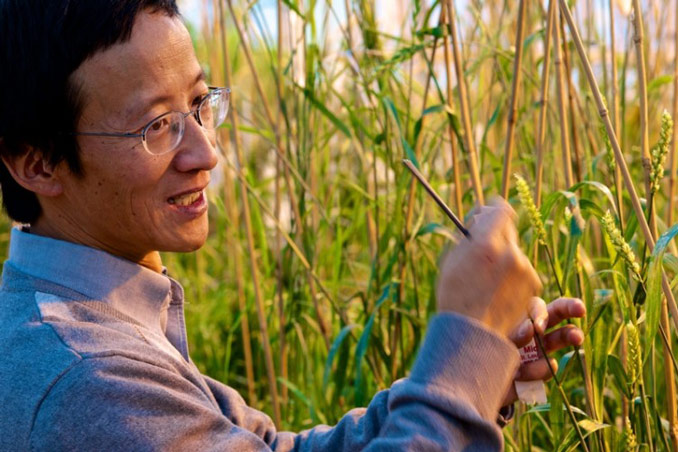
Scientist Shuwen Wang, who researches perennial wheat at The Land Institute, checks some of his crossbred plants in the greenhouse
Let’s look at a couple of real world examples of how this could work. Researchers at the Land Institute in Salina, Kansas have pioneered an agricultural approach that would mimic native prairie. Rather than imposing the industrial model of agriculture, they closely observe prairie ecosystems and attempt to develop an agricultural system that mimics them.
Ecosystems never grow monocultures of single species of annual plants, like a huge wheat field. Rather, they produce polycultures of multiple species, many being perennials.
The Land Institute tries to replace monocultures of annual crops with perennial polycultures that mimic native ecosystems. Perennial systems would eliminate or reduce cultivation, which would increase soil organic carbon, limit erosion, and reduce energy consumption. They graft annuals such as wheat, sorghum, and sunflower with their perennial relatives to create perennial versions of these crops. They also work to domesticate productive perennials, such as the high-protein Illinois bundleflower.
By changing their inscapes—their worldview—the people at The Land Institute attempt to transform the landscape in ways that mimic native prairie, leading to productive but sustainable systems.
A group of American ranchers have applied another new approach, called holistic resource management, at Horse Creek ranch in South Dakota. They looked at native grasslands and observed that they originally supported large herds of animals, such as bison. Producers using the holistic method attempt to duplicate the conditions that form grasslands using intensive livestock management.
The first year the group took over the ranch they stocked far more animals than the former owner—1,100 yearlings as opposed to the roughly 160 cows and calves of the previous year. The cattleman who sold them the yearlings was skeptical that the land could support that many animals, but conceded that the pastures grazed early that spring looked as if they hadn’t been touched all year; indeed, they were ready to be grazed again.
The increase became possible simply as a product of following the “bison pattern” of heavy grazing followed by sufficient rest. The next year the ranchers more than doubled the herd to 2,250 head, and the land improved even further, with a greater diversity of grasses and forbs proliferating.
Techniques like holistic management can improve food production while offering a solution to climate change by increasing the ability to sequester carbon in rangelands. In A Global Strategy for Addressing Global Climate Change, Allan Savory estimates that increasing soil organic carbon by just 0.5 percent across the world’s 3.4 billion hectares of rangeland using holistic management could sequester sufficient carbon to reverse climate change.
In both examples, changing the inner world of thought about the outer world can result in dramatic, Earth-changing transformations of landscape.
This fundamentally hopeful perspective tells us that changing the world starts with changing our thinking.


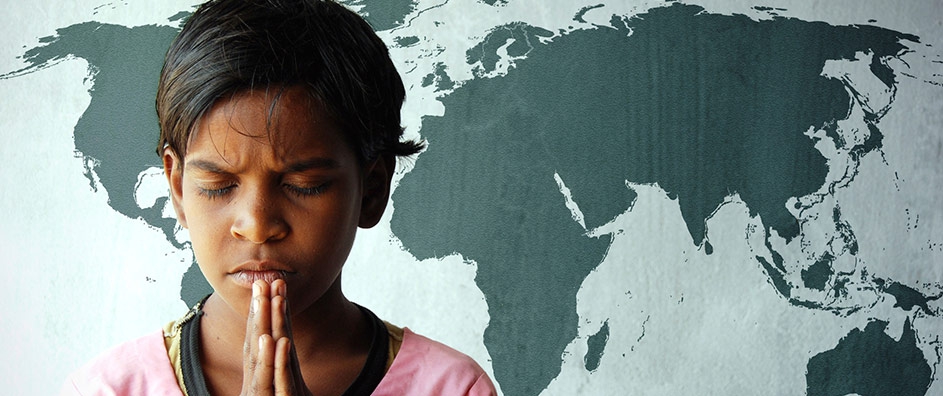

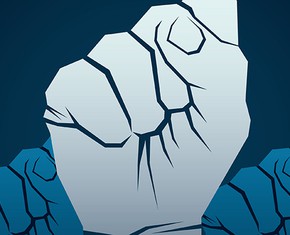
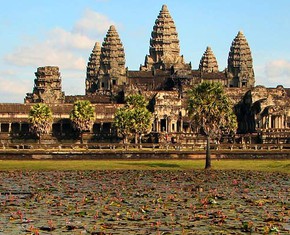

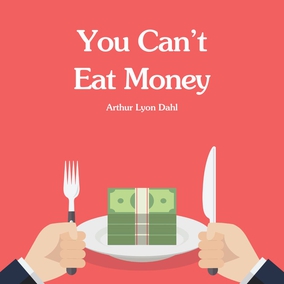
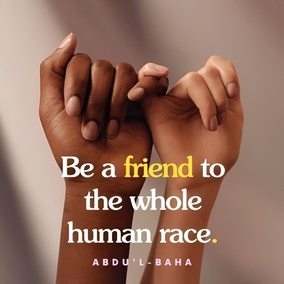

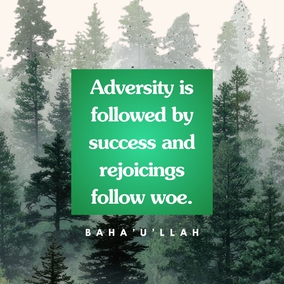


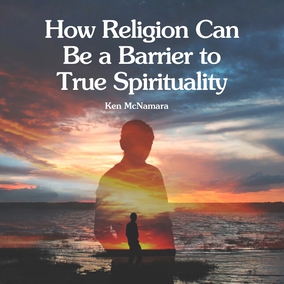
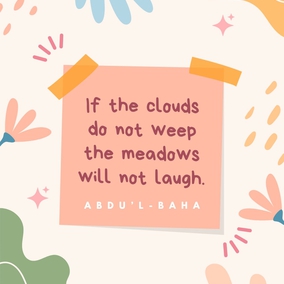

Comments
Sign in or create an account
Continue with Googleor